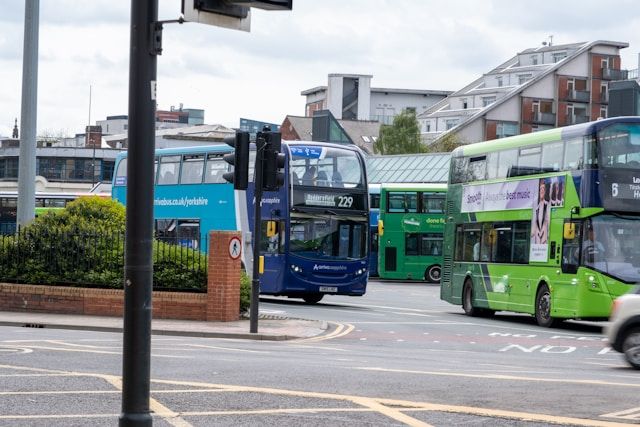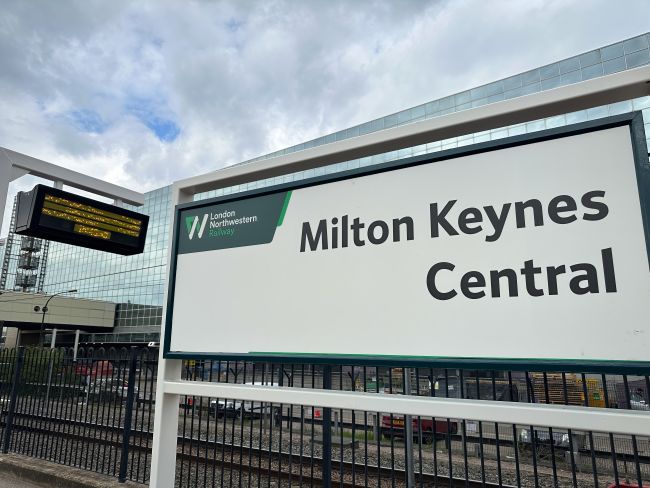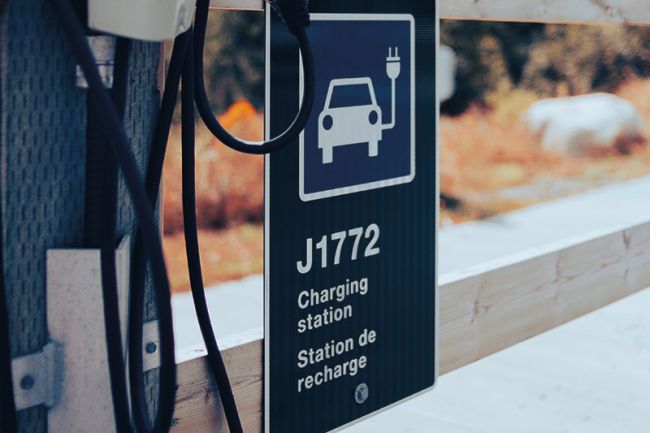Understanding and capturing the value of transit investment
What are the benefits of developing a Land Value Capture (LVC) strategy to help with funding?
Decisions to invest in high quality rapid transit are based not only on moving passengers from A to B but also on their impact on urban change and renewal. So what are the benefits of developing a Land Value Capture (LVC) strategy to help with funding?
Many cities and regions are planning for a future with more intensified land use that provides key developments around transit hubs and stations — Transit Oriented Developments (TOD) — as anchors of compact walkable urban centers with complete streets.
Among the many benefits created by more compact communities, local landowners typically benefit from increased land values, and cities can expect some cost savings/efficiencies and substantial additional tax revenues. So why not extract a portion of those economic benefits to contribute towards the infrastructure that will be the catalyst to make it happen? That is the objective of Land Value Capture (LVC).
Although the concept is broadly understood and agreed among stakeholders, its application has proved to be complicated, with only a handful of projects succeeding in raising substantial funding through LVC.
The key to LVC success is to engage key stakeholders early and define an overall “intensification” strategy that integrates transit investment, land use change and financial planning. It should consider the type of development wanted, the market appetite for building/buying/occupying the development, and whether any incentives might be needed to ensure that the development(s) takes place in the right form, in the right place and at the right time.
The strategy should also define objectives, identify key barriers, and, most importantly, assign roles and responsibilities to the stakeholders best placed to “make it happen”. The next step is to understand and assess the incremental benefits that will be generated as a result of implementing the overall strategy, realizing that the benefits and beneficiaries could vary significantly depending on local market conditions, regulations and tax regimes.
- Land/property owners benefit from an uplift in their land/property values
- Real estate developers benefit from new brownfield and greenfield opportunities
- Tax collectors (municipalities, regions, provinces) benefit from the additional revenues generated from the new developments
- Transit agencies benefit from additional revenues and efficiencies generated as a result of higher ridership
Once the key drivers and potential benefits are identified, the last step is to identify which LVC mechanisms best capture those benefits. A number of mechanisms have been used successfully around the world; however, their appropriateness and/or applicability depend highly on local market barriers, policies, existing legislation and social/political acceptability.
Three key messages
- Investment in transit by the public sector generates value and supports regional/city objectives for more compact, complete communities.
- Intensification can lead to substantial revenues that can be captured by LVC tools.
- The key for a successful LVC strategy is to include it within a wider strategy involving land use, transportation and finance planning. It is key to define intensification objectives, barriers, solutions and assign roles and responsibilities.





















